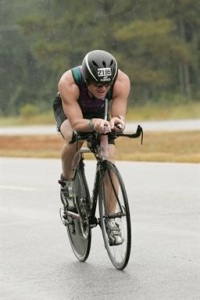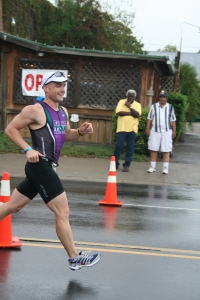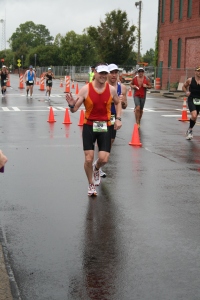Article courtesy of About.com
Here are some tips and tricks to fit exercise into your life in simple, painless ways.
Start Small
Exercise is not an all or none endeavor. It is a continuum. Keep in mind that a little is better than none and you can do something today, so don’t worry about what you will do next month. This perspective is hard for anyone who expects a lot from themselves and sets long-term fitness goals. Don’t expect results overnight. But do expect to take small steps every day.
Start Where You Are
Your exercise program doesn’t need to be elaborate. It doesn’t require you to join a gym or sweat for an hour every day. Look at your current routine and you may discover you already walk 15 minutes at a time taking the dog around the block or walking to the store for milk. That’s exercise. You can use that as a jumpstart and add another 5 minutes or walk at a faster pace — start from where you are.
Go Low Tech
Technology is a wonderful thing, but much of it reduces us to very lazy people. If you want to fit activity into your daily life, just go low-tech and you will probably burn another few hundred calories a day. Walk or ride your bike for errands, take the stairs, mow your lawn with a push mower, give up your television remote and actually get up to change the channel, walk down the hall to your co-workers office rather than calling.
Surround Yourself with Good Role Models
If all your friends are couch potatoes, odds are you will have a hard time becoming active while hanging out with them. If you surround yourself with people who are healthy and active, odds are it will be easy for you to stay active as well. Peer pressure is a wonderful thing if you use it in positive ways!
Set Weekly Goals
Check in with yourself each week by setting attainable, yet realistic goals. Try to set a plan to go faster, farther or longer with your routine. You can even set nutrition goals such as getting 5 servings of fruit and vegetables each day. Your goal can be as simple as taking a daily 15 minute walk or as intense as completing your first marathon. Only you know what is realistic for you.
Try Something New
If you always try to start a walking program, and always drop out after a few weeks take heart. It may not be the exercise you can’t stick with but the type of exercise. You may need to try a variety of activities before you find one that you really like and want to do long-term. Sign up for a yoga class or snowboarding lesson. Try running or biking instead of walking, go with others or go alone, try exercising at different times of the day. Keep your options open and find exercise you enjoy so you never view exercise as a chore. It should be fun and fulfilling!
Write it Down
Keep an exercise log book. Simply writing down what you did, how long and how you felt can be great motivation. Not only can you view your progress and look back at your accomplishments, but you can plan ahead and decide where you want to be in a week, a month or more.
Psychology of Exercise
Some people enjoy being distracted while exercising while others prefer to pay attention to how their body feels while exercising. Try both tactics and see what works best for you. If you’re new to exercise, being distracted by music, television, reading material, conversation or a personal trainer may help you stick with it. After you’ve been exercising a while it may be helpful to pay attention to your body sensations. Athletes often focus on their breathing, cadence or body movement to stay focused.
Make Exercise Part of Your Daily Routine
Rather than trying to go to the gym, or squeeze in more time for exercise look for ways you can add exercise to what you already do. Walk the dog, bike to the store or to work, do crunches or push-ups during commercials, pedal your exercise bike during your favorite TV show, meet friends for walking dates rather than dinner & drinks. If you are creative, you will realize you don’t need to change your routine much to fit exercise into your life.
Find a Buddy
Even if this person doesn’t exercise with you, let someone know of your plans and goals to help support your efforts. Making yourself accountable to another is a great way to keep you honest about your success and challenges with starting a new exercise program.
Make Exercise a Priority
If your exercise plans and goals are at the bottom of your priority list, you will never reach them. Period. You have to believe that this is important enough to make it happen. Take a serious look at your words, desires and behavior. Do you always talk about wanting to get active, but never actually do anything about it? If so, you are only fooling yourself and continuing the cycle of helplessness. Get honest with yourself about what you really want and how much you are willing to work to make it happen. You’ll be surprised how easy it falls into place once you put your energy into action rather than excuses.































